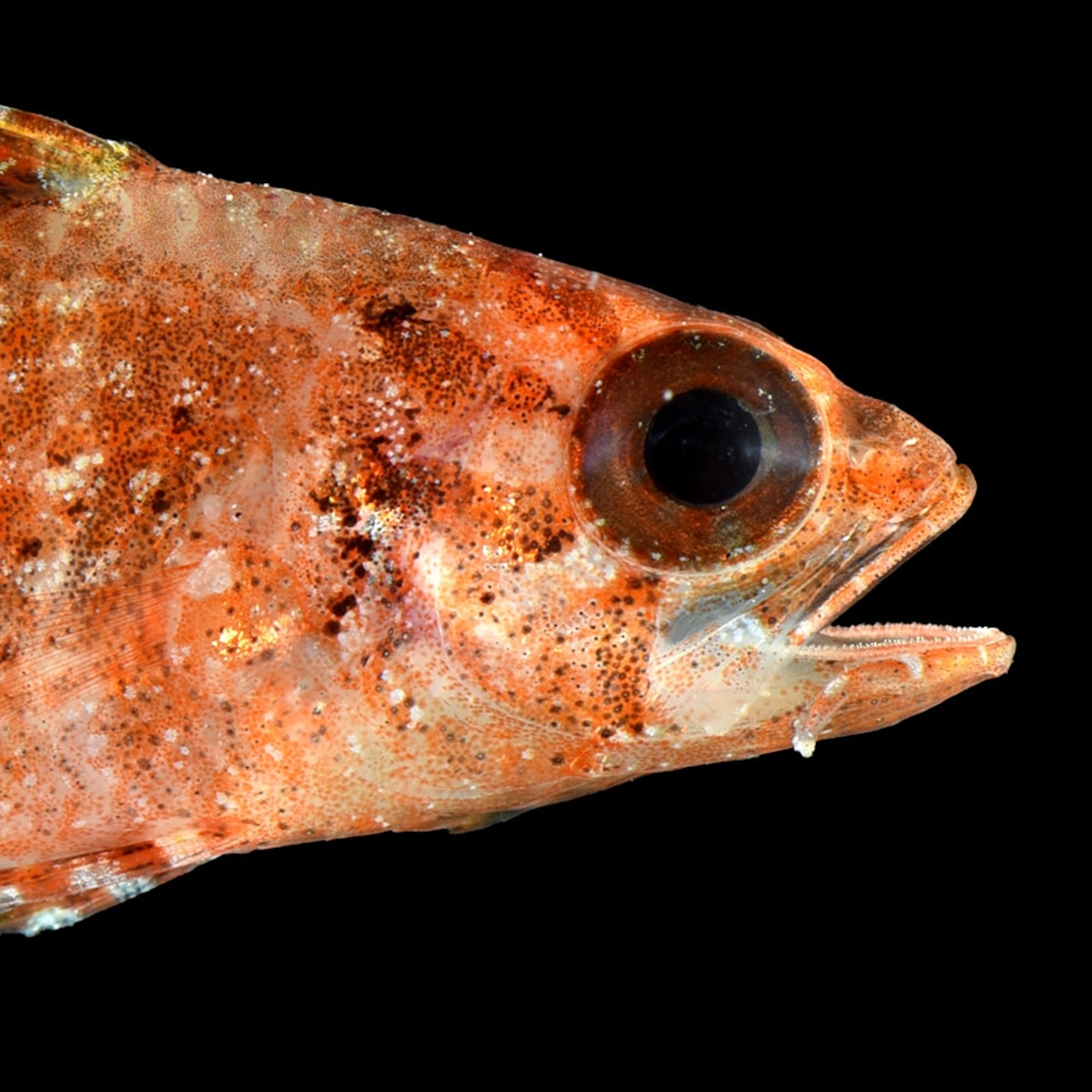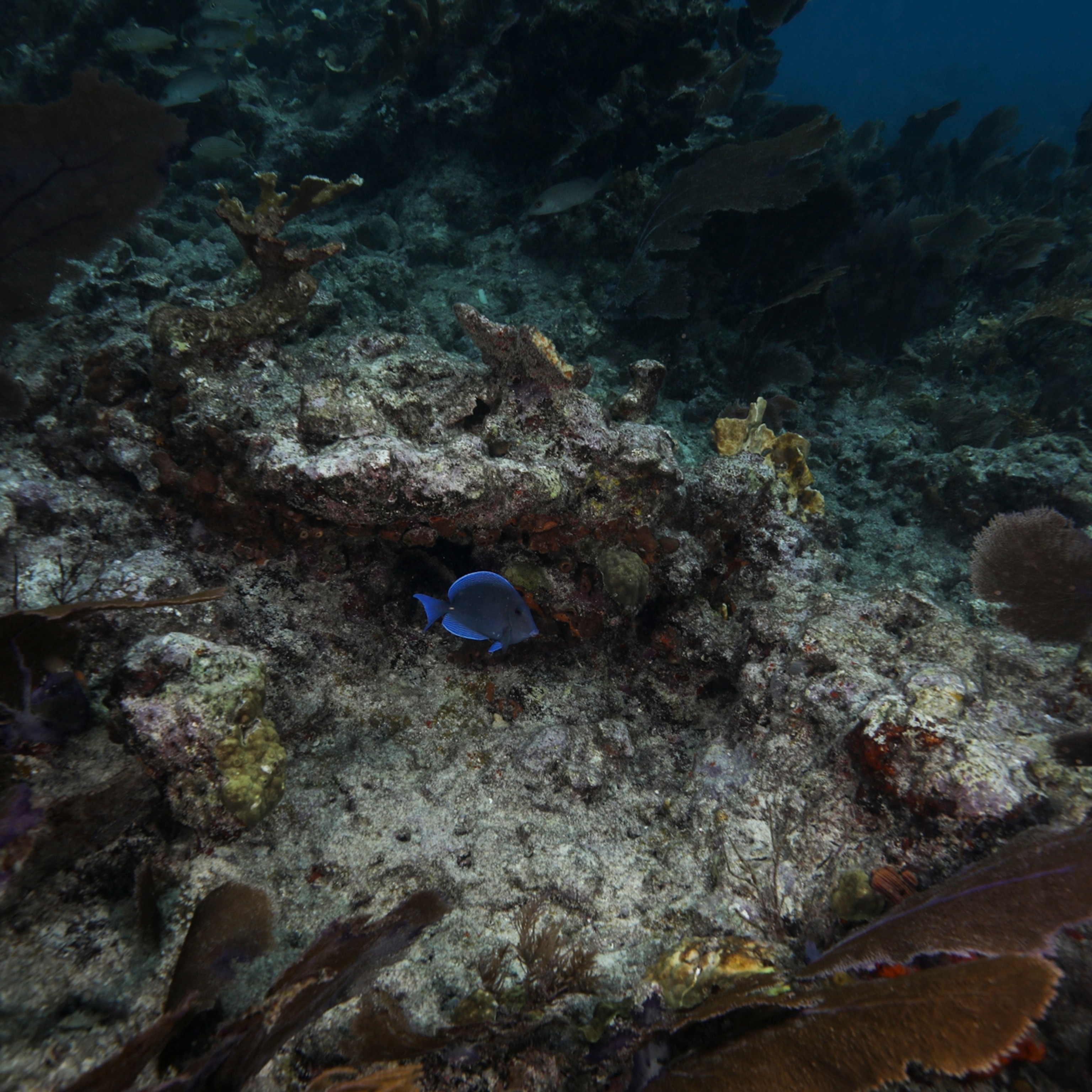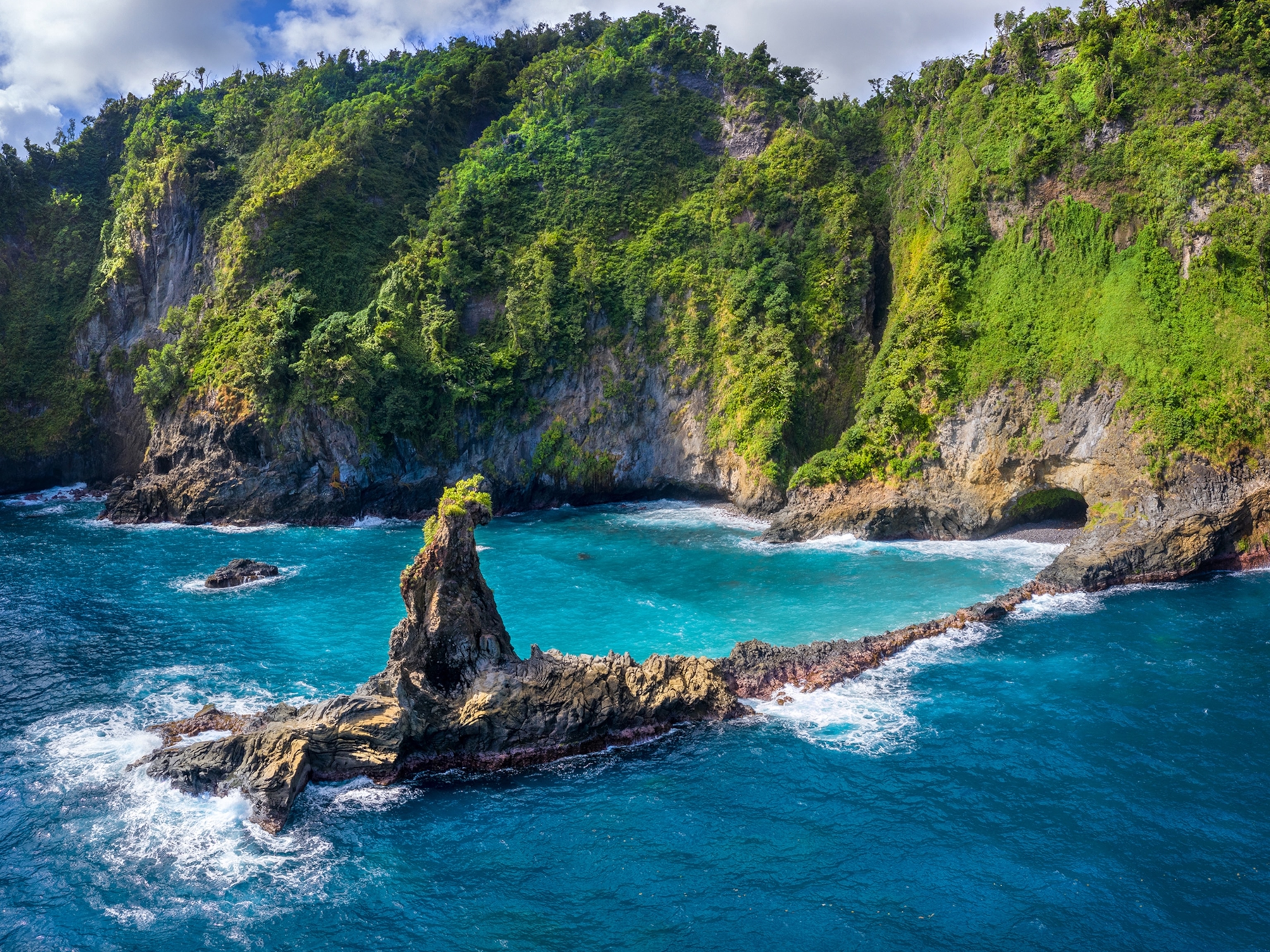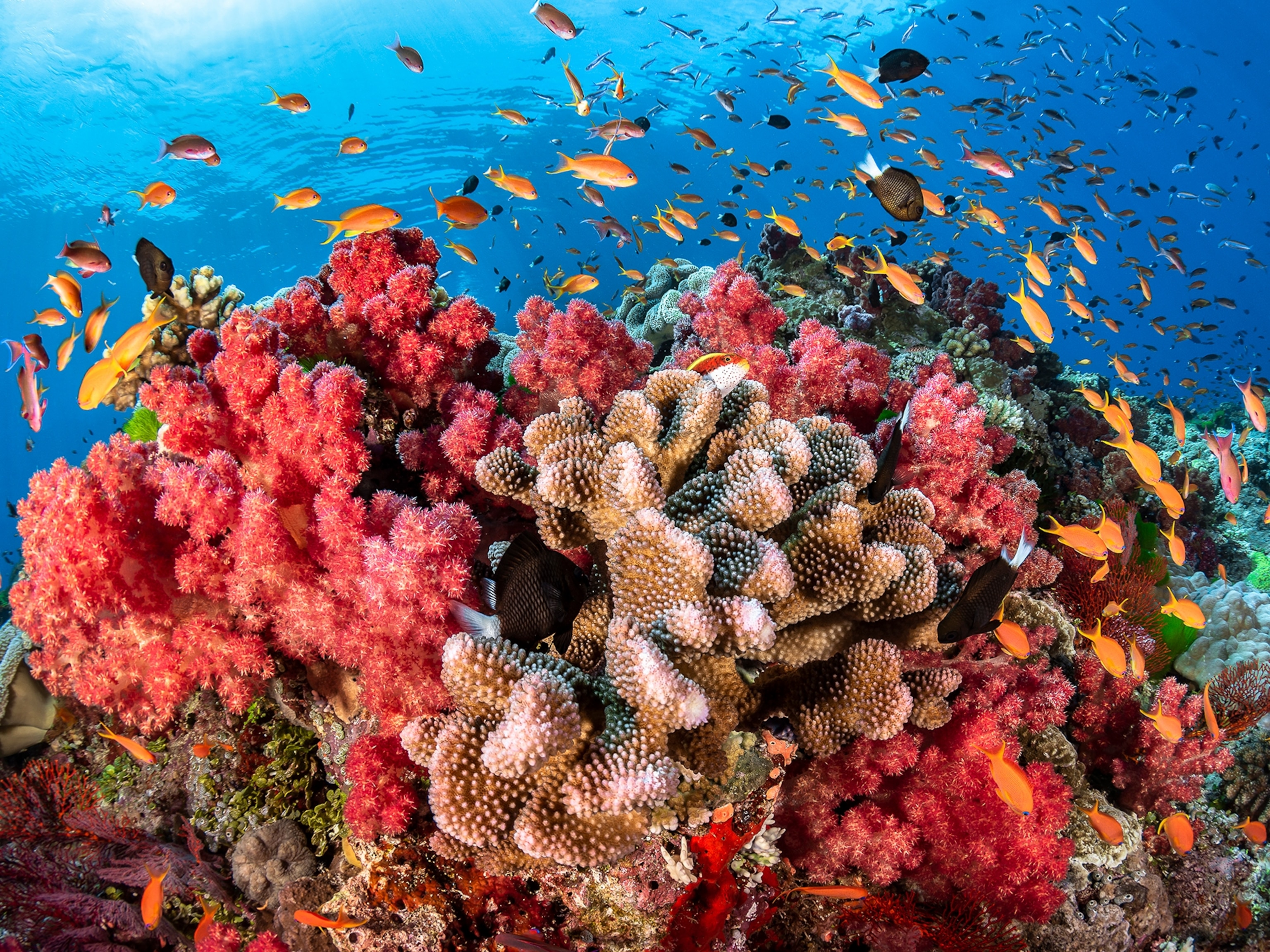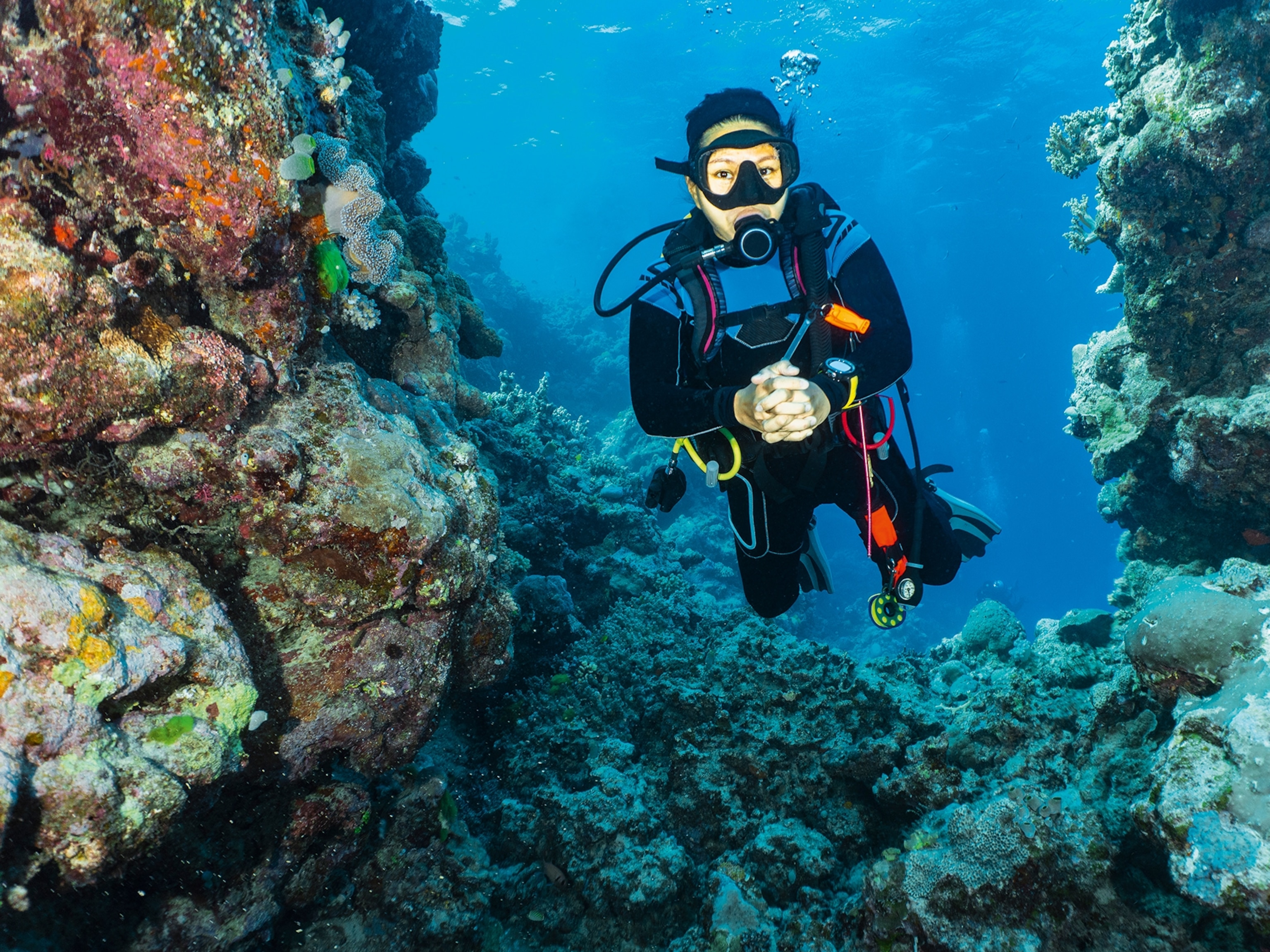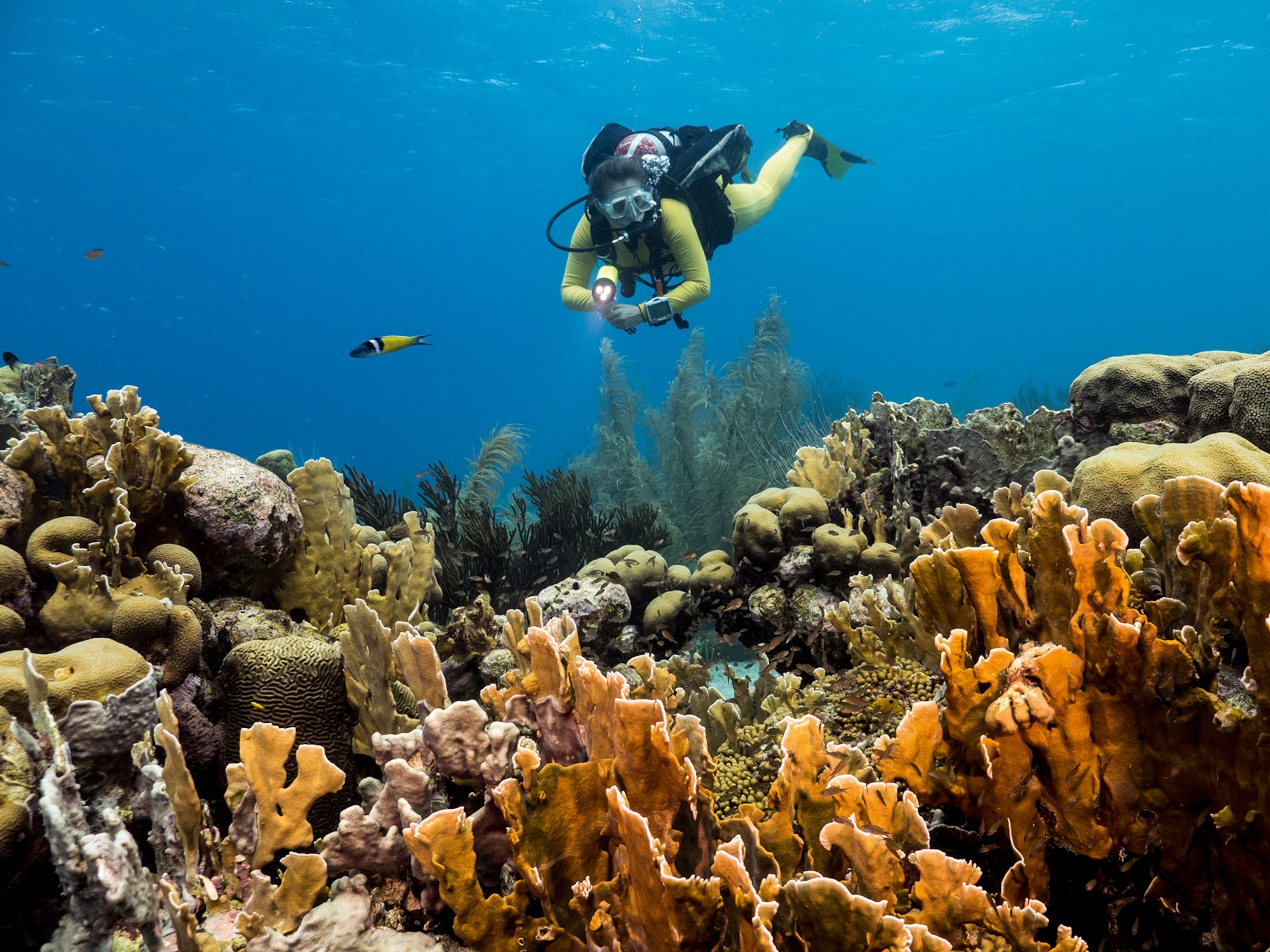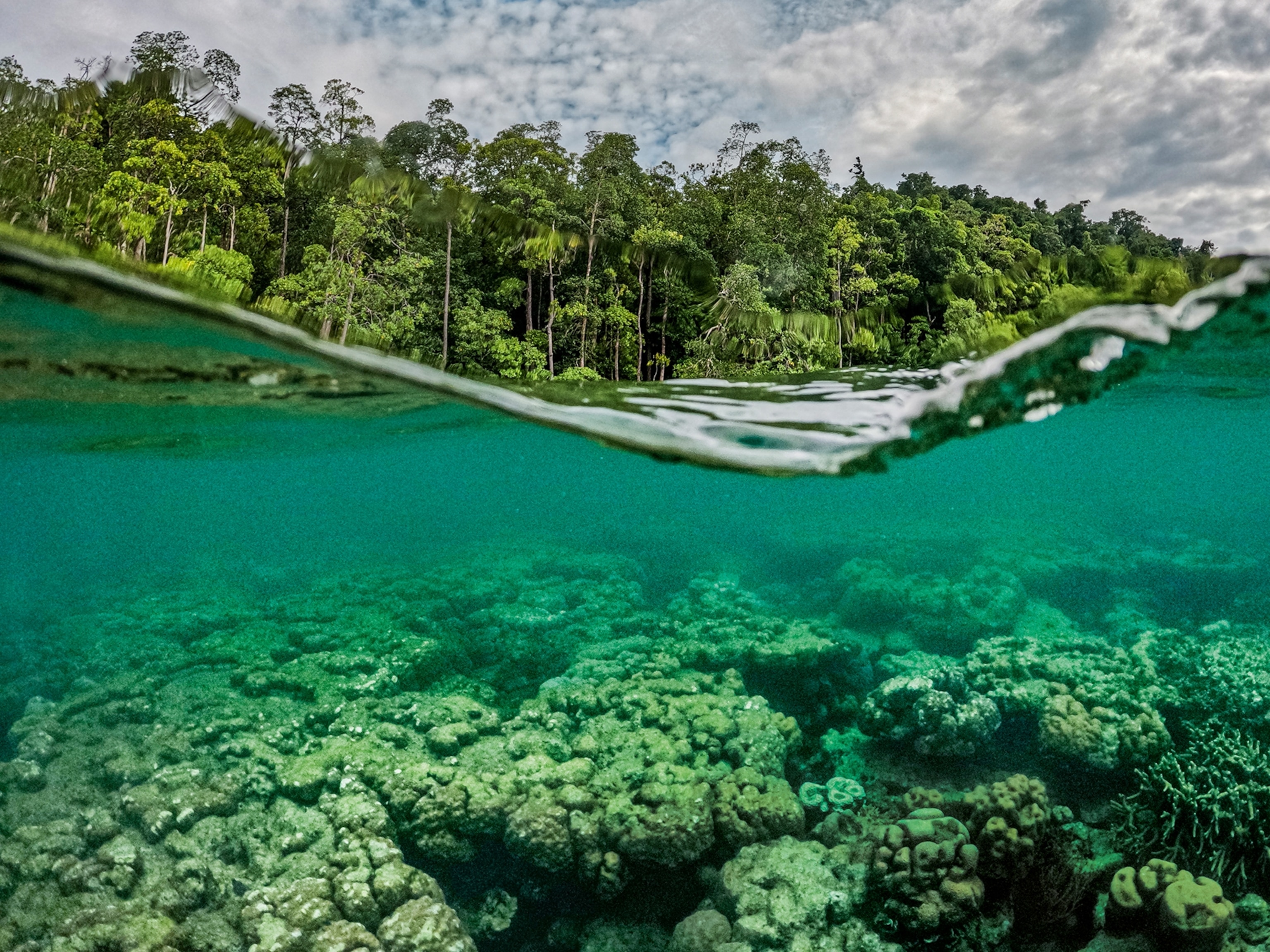
Breeding Aquarium Fish Can Help Save Reefs
People are still figuring out how to breed many species in captivity, but new advances could help halt reef destruction and protect vulnerable wild fish.
Walk into any pet or aquarium store, and you’re going to find clownfish. That orange-and-white-striped Nemo is practically synonymous with saltwater aquariums, and it’s one of the first fish new hobbyists turn to. It was also one of the first marine aquarium fish to be bred in captivity, back in the 1970s. Today dozens of varieties are available from breeders around the world.
Most species of fish for the marine aquarium trade, though, come from the wild. Worldwide, the marine aquarium industry is valued at between $200 million and $300 million, according to a 2003 United Nations report. About 1.3 million American households have saltwater aquariums that are home to 9.3 million fish, a 2014 survey by the American Pet Products Association found.
About 11 million tropical fish, some wild and some captive-bred, comprising about 1,800 species are imported to the U.S. each year. Many are collected from the reefs of Hawaii and Florida and are bred domestically too.
It’s a popular hobby, and it’s a thriving business. That’s why many conservationists and hobbyists alike are concerned about the impact the trade has on wild fish and the reefs they call home.
The marine aquarium trade has been criticized for collection practices that harm coral and deplete populations of wild fish. But a shift toward captive-bred fish is one way those in the marine aquarium industry are working to protect reefs and reef fish.
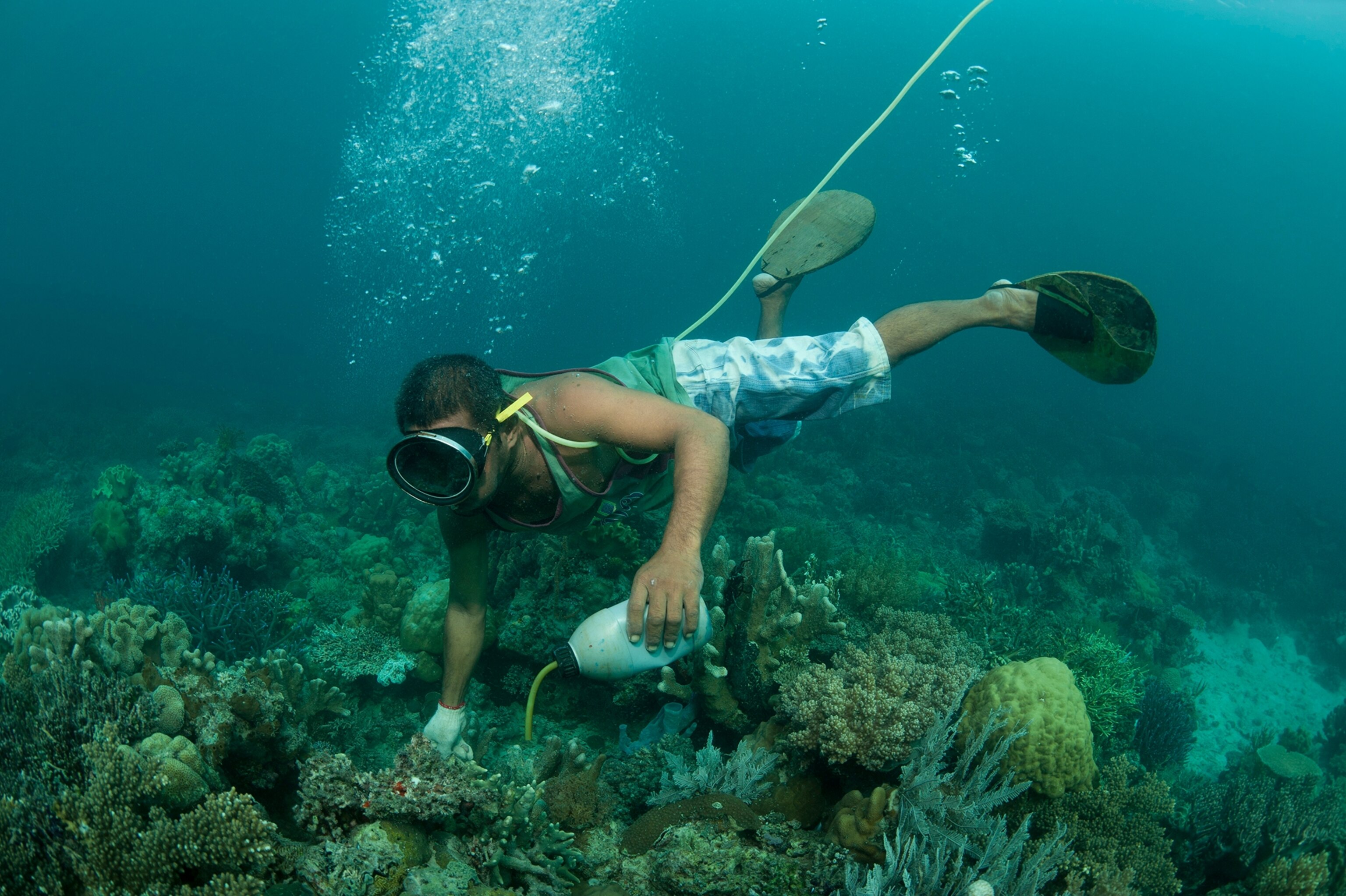
Nowadays, about 300 species, or about 17 percent of marine aquarium species, have been bred in captivity according to CORAL Magazine, which publishes an annual list of captive-bred marine fish species. Only about 6 percent of those are available commercially, however, and even fewer are classified as “commonly available.”
But every year the list grows. Advances in marine fish husbandry, especially when it comes to what to feed newly hatched fish, and growing awareness of the need to protect coral reefs have encouraged more investment in the captive-bred fish industry. Captive-bred fish also have a reputation for being healthier because they’re already accustomed to prepared aquarium foods and are less likely to have been exposed to diseases during a long shipment process.
“The driver is what the customers want—and the customers want survival,” says John Carberry, chairman and co-founder of Sustainable Aquatics, a major breeder of saltwater fish for the aquarium trade. “Hatchery-raised fish just survive a lot better. It’s economics.”
It’s good for business, and it’s good for reefs, which face threats ranging from ocean acidification to global warming to cyanide fishing. In some countries, unscrupulous fishermen dissolve a sodium cyanide tablet in a squirt bottle of water and then spray the mixture at the target fish, stunning it and making it easier to grab. The method contaminates surrounding reefs—and can kill entire ecosystems. Despite this practice being illegal in the Philippines, Sri Lanka, and Indonesia—the biggest exporters of marine fish to the U.S.—conservationists say cyanide fishing still happens on a worrying scale.
”Coral reefs are the productive centers of the ocean,” says Judy St. Leger, the president of Rising Tide Conservation, a New York-based program under the SeaWorld & Busch Gardens Conservation Fund, which works to protect reefs by promoting captive breeding. “One way to assure that fish do not have a destructive past is to select animals from aquaculture,” St. Leger says.

The Finding Nemo Effect?
Aquaculturists also hope to take the pressure off certain popular fish populations. For example, demand for clownfish jumped when the Disney Pixar movie Finding Nemo came out in 2003. But breeders have been able to cultivate many species of clownfish in captivity for decades. That likely took at least some of the pressure off wild clownfish populations. (Data are lacking on this front, so it’s impossible to know for sure, according to marine biologist Andrew Rhyne, who’s trying to fix that problem).
The big concern now is over the regal blue tang—or Ellen DeGeneres’ Dory in the upcoming Finding Nemo sequel, Finding Dory. Many worry that the movie will cause a spike in demand that current supply might not be able to meet. Tangs aren’t always sustainably collected from the wild (some collectors break the coral to get at them), and there aren’t any captive-bred alternatives.
Blue tangs are what’s known as pelagic spawners, meaning they deposit their eggs into the open water; most freshwater fish and some other marine fish “glue” their eggs to rocks or a reef. Those glued-down eggs hatch into babies that are more or less self-sufficient. But when the eggs of pelagic-spawning fish hatch, the babies are helpless—no mouth, eyes, gastrointestinal tract, or nervous system. Cracking the code on how to keep these baby fish alive has long been one of the last hurdles for breeders.
So it was a big deal last year when researchers successfully bred the yellow tang, a pelagic spawner collected from the reefs of Hawaii.
The yellow tang was the “holy grail” of marine ornamental aquaculture, St. Leger says. Now with yellow tangs being captive-bred by the Oceanic Institute at Hawaii Pacific University, captive-bred blue tangs probably aren’t that far behind.
Should All Fish Be Captive-Bred?
As more and more fish are successfully bred in captivity, some scientists and hobbyists are asking whether it makes sense for the industry to transition to an all captive-bred model.
Andrew Rhyne, a marine biologist at Roger Williams University in Rhode Island who studies the marine aquarium trade, says no. His research has pointed to the environmental and economic value of well-managed wild fisheries. While the marine aquarium trade can pose risks to coral reef ecosystems, it can also be part of the solution.

“It’s really about incentivizing habitat protection,” Rhyne says. The collection and trade of marine aquarium fish provides a valuable source of income to coastal communities. That in turn encourages communities to protect the reef ecosystem because their livelihoods depend on it. In short, a well-managed fishery creates value, and that value creates cause for protection.
While Rising Tide is focused on aquacultured fish, “we recognize that wild-caught fisheries have a place as well,” St. Leger says.
As for captive breeding, “there are limitations and downsides, just like everything else,” says Matt Pedersen, a long-time aquarist and boutique breeder/wholesaler. (He’s also a senior editor of CORAL Magazine.) For one, “It’s resource intensive to breed. It can cost a lot of money,” he says. A big challenge, especially with species new to being bred in captivity, is the ability to produce them at a price consumers are willing to pay.
Another possible downside? The accidental release of nonnative species. “It’s crucial to reduce the demand for wild-caught tropical aquarium fish, as well as to move away from more destructive collection practices,” says Nicholas Whipps, a legal fellow at the Arizona-based Center for Biological Diversity, an environmental protection organization. “But it matters how captive breeding might be done in the future."
For example, he says, large-scale offshore captive breeding programs could result in the accidental release of nonnative fish. Those fish might become invasive and outcompete native species.
“That’s not to say this is the current direction or practice of the captive breeding industry, only that it matters how the industry chooses to meet market demand,” Whipps says.
Mike Bober, the president and CEO of the Pet Industry Joint Advisory Council, the industry’s advocacy group, points out that fishing for the marine aquarium trade has a much smaller impact on the environment than fishing for food. But that’s not to say the trade has no impact. The problem is that trade data are so scarce and so messy it can be hard to nail down what exactly is happening.
Of course, things are rarely ever black and white. “We do know some fish are overexploited,” Rhyne said. “And some fish have been sustainably collected for a long time.”
This story was produced by National Geographic’s Special Investigations Unit, which focuses on wildlife crime and is made possible by grants from the BAND Foundation and the Woodtiger Fund. Read more stories from the SIU on Wildlife Watch. Send tips, feedback, and story ideas to ngwildlife@natgeo.com.

